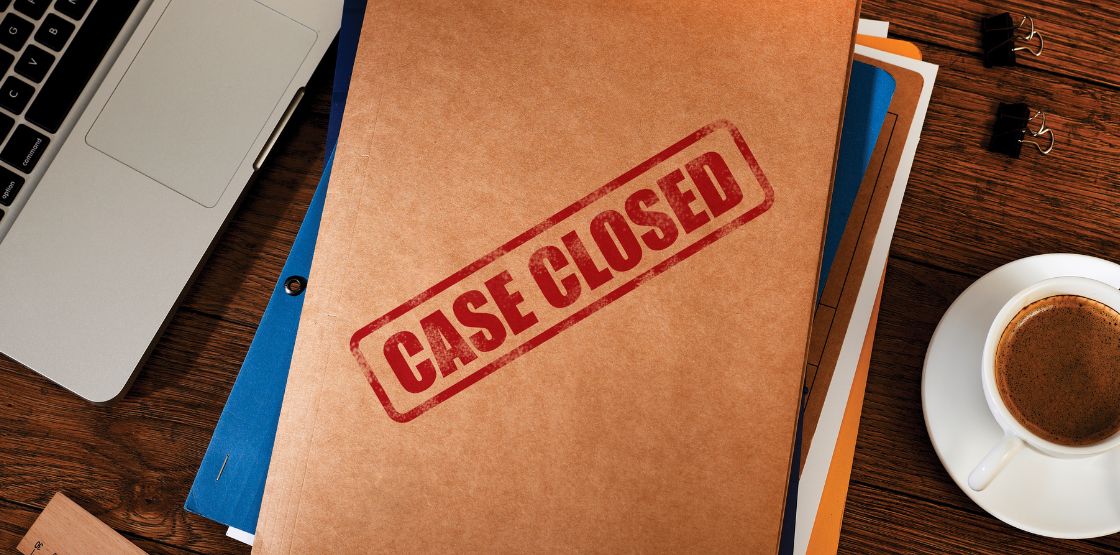Our DOTS Address Validation US 3 web service works hard to clean up and standardize your addresses to the United States Postal Service (USPS) formatting standards. Why is this important? A poorly formatted address can create support issues, impact customers satisfaction and increase postal costs.
When working with a large majority of mailers, we find that they do not know the exact formatting the USPS desires. Even more common, these formats are rarely accounted for when collecting and recording addresses to their contact and customer databases. Standardizing addresses is one of the many functions of our address validation service and below are some common examples of how they are handled.
Address 2 field
Did you know that the Address 2 field is not meant for suite or apartment numbers? With that said, it is very common to see suite or secondary unit information is included in the Address 2 field, as shown in the following example:
Address1: 123 Main St West
Address2: Suite 300 c/o John Smith
City: Los Angeles
State: CA
PostalCode: 90001
What’s wrong with this address? The USPS expects suite information to be part of the main address line, Address1, and not on a separate line. In this case, our address validation web service can identify the misplaced information in the Address 2 field and correct the field to the following:
Address1: 123 Main St West Suite 300
Now the suite information has been moved to its proper location, to ensure your address meets the format the USPS is looking for.
Bottoms up with the USPS
Many people don’t realize that the USPS reads your address from the bottom up, and expects the following format for business addresses:
Name or attention line
Company
Delivery address
City, State, ZIP code
So the bottom line of the address should consist of the city, state and ZIP code, and then the next line up should be a complete, deliverable address that will pass the USPS’s Delivery Point Validation (DPV) process.
Now, let’s compare this with the input fields in Address Validation US, which are as follows:
Business name
Address 1
Address 2
City
State
Postal code
These closely mirror the USPS’ business address format, but with one key distinction: our Address 2 field is meant for data that doesn’t tie directly to postal deliverability, such as “c/o John Smith.”
What does this mean for you?
Address Validation US takes user input errors into account when parsing the input address fields. It is aware of the common mistakes users make and will take actions to correct and standardize the address. This takes the burden off of you to account for every potential user input error, letting the address validation service do the heavy lifting, so your addresses can be corrected, standardized and validated to be as genuine, accurate, and up to date as possible.
What about third-party shippers?
Incidentally, third-party shipping companies like UPS, FedEx, and the like, do not have the same formatting requirements as the USPS but they have their own limitations. As an example, most limit Address1 character length to 25-35 characters. If you bump up against these limits there are solutions to prevent critical deliverability information from being dropped. Our Address Validation web service breaks an input address into fragment parts and these fields can be leveraged to fit character limitations. For more information on how this works, check out, Character Limitations in Shipping Address Fields – There is a Solution.
Combining best practices with address validation
An informed approach to data collection can help prevent issues when initially collecting the data. For example, if an Address 2 field is not included in your web form, users have less of a chance of improperly including non-deliverability information. If your field uses more clearly defined fields such as Company, Name, or Attention line, an end-user may be less inclined to put extraneous information in the delivery fields. You can also include a specific field for Suite or Apt number, so it is clear what is expected of the user. You can then decide to append this to your address1 field or let our service do it for you.
We see the best results from a combination of well-labeled input fields, along with the corrections and standardization from Address Validation US. This leads to more successful mailing campaigns with fewer undelivered parcels and greater postal discounts.













